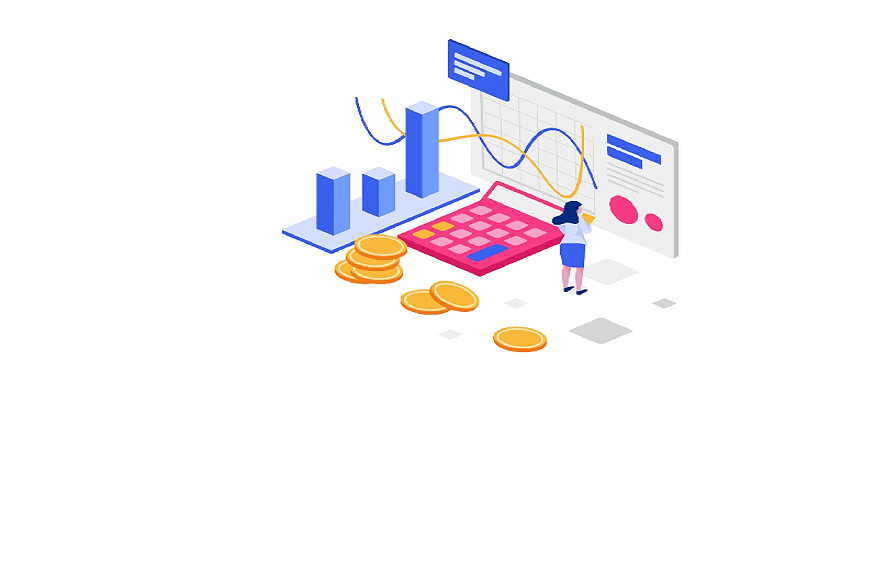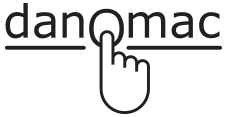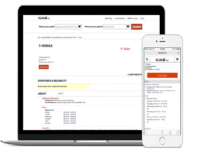Mastering Construction Take off Programs: Unlocking the Power of Digital Take off Software

In the rapidly evolving construction industry, the use of digital tools has become crucial for efficiency, accuracy, and cost-effectiveness. One such tool that has transformed the way construction professionals work is digital takeoff software. By streamlining the estimation process and eliminating manual errors, construction take off programs have revolutionized the way projects are planned and executed. In this article, we will explore the importance of training and resources for the effective use of digital takeoff software in construction projects.
Understanding Construction Take off Programs
Before delving into the training and resources needed for using digital takeoff software effectively, let’s first gain a clear understanding of what these programs are. Construction takeoff programs are software applications designed specifically for the construction industry to measure and quantify materials and quantities from blueprints, plans, and other project documents. With the help of these tools, estimators can accurately calculate the materials, labor, and equipment required for a construction project.
The Benefits of Digital Takeoff Software
Digital take off software offers several advantages over traditional manual methods.
Let’s take a look at some of the key benefits:
1. Enhanced Accuracy: With digital takeoff software, estimators can eliminate human errors and ensure precise calculations. The software automatically performs measurements, reducing the risk of mistakes commonly associated with manual takeoffs.
2. Time Efficiency: Digital takeoff software significantly reduces the time required to perform takeoffs. The ability to quickly and accurately measure quantities accelerates the estimation process, enabling estimators to complete projects more efficiently.
3. Collaboration and Communication: These software programs facilitate seamless collaboration among project teams. Digital takeoff tools allow multiple stakeholders to work on the same project simultaneously, enabling real-time updates and improved communication.
4. Cost Savings: By minimizing errors and rework, digital takeoff software helps avoid costly mistakes during the estimation process. Additionally, accurate material takeoffs enable better budgeting and resource allocation, leading to optimized project costs.
5. Training for Effective Use of Digital Take off Software
To harness the full potential of digital takeoff software, proper training is essential.
Let’s explore the key aspects of training that construction professionals should consider:
1. Software Familiarization: Construction takeoff programs come with unique features and interfaces. Training sessions should cover the basics of the software, including navigating through the interface, performing measurements, and creating accurate quantity reports.
2. Blueprint Reading: Understanding blueprints and construction plans is crucial for accurate takeoffs. Training programs should focus on teaching participants how to interpret blueprints, recognize symbols, and extract the necessary information for accurate material quantification.
3. Measurement Techniques: Efficient measurement techniques are vital for precise takeoffs. Training sessions should cover different measurement methods, such as linear, area, and volume measurements, and guide participants on using the software tools effectively.
4. Estimation Strategies: Estimators should be trained on developing effective strategies for estimating materials and quantities using digital takeoff software. This includes understanding industry-specific standards, applying appropriate formulas, and adapting to project requirements.
Resources for Skill Development
Apart from training programs, various resources can aid in skill development for effective use of digital takeoff software.
Here are some valuable resources to consider:
1. Online Tutorials and Videos: Many software vendors provide comprehensive online tutorials and videos that guide users through the software functionalities. These resources can be accessed at any time and offer self-paced learning opportunities.
2. Webinars and Workshops: Participating in webinars and workshops conducted by industry experts can provide valuable insights into the best practices of using digital takeoff software. These interactive sessions allow participants to ask questions and gain a deeper understanding of the software’s capabilities.
3. Community Forums and Discussion Groups: Online forums and discussion groups dedicated to construction estimation and takeoff software offer a platform for professionals to share their experiences, ask questions, and learn from one another. Active participation in these communities can expand knowledge and provide practical insights.
4. Continuous Learning: Keeping up with industry trends and advancements is essential for construction professionals. Subscribing to industry publications, attending conferences, and joining professional associations can provide access to the latest information and networking opportunities.
Conclusion
As the construction industry continues to embrace digital transformation, the effective use of digital takeoff software has become paramount for success. Construction takeoff programs offer numerous benefits, including enhanced accuracy, time efficiency, improved collaboration, and cost savings. To fully leverage these software tools, construction professionals must invest in comprehensive training programs and utilize available resources. By combining proper training with continuous learning, the industry can unlock the true potential of digital takeoff software and elevate the construction estimation process to new heights.
Explore McCormick Systems‘ digital takeoff software capabilities and training resources to maximize accuracy, efficiency, and collaboration in your construction projects. Start your digital transformation journey today!






